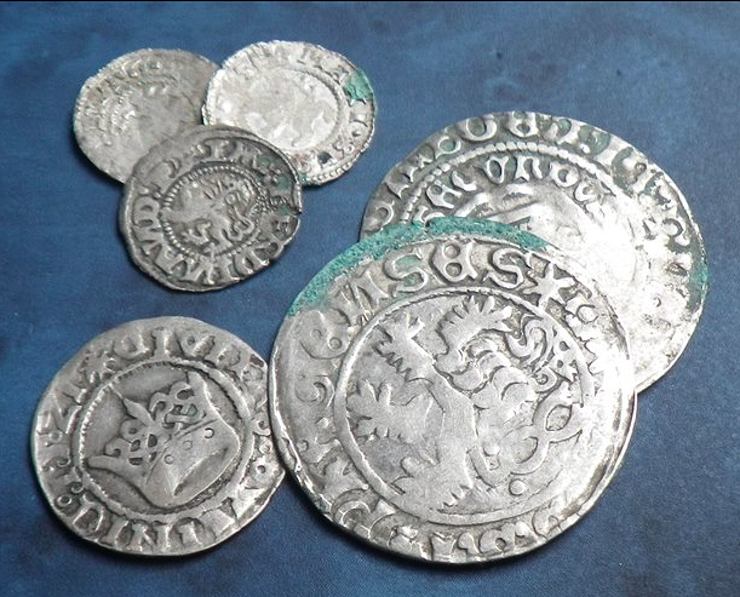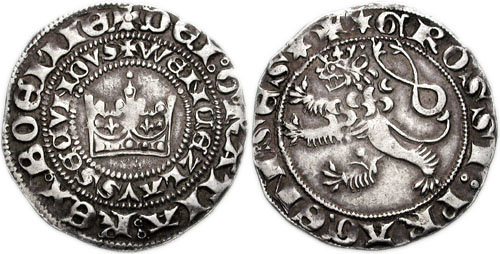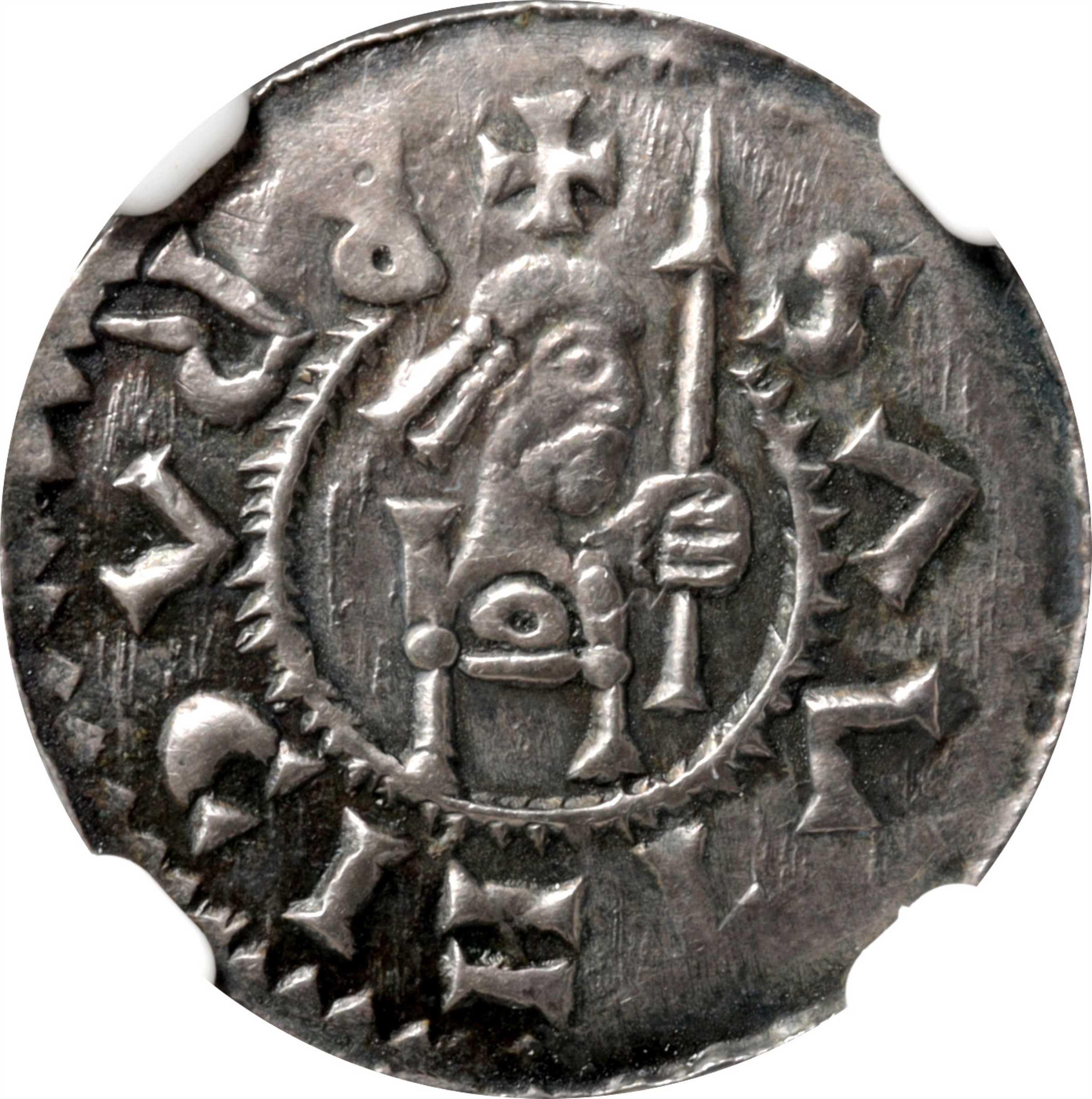Best News To 3d Modeling Prague Mint Coins
Wiki Article
How Do High-Precision Cnc Machining Machines Carve Designs Into Master Hubs And Dies For Striking Gold And Silver Coins?
When producing master hubs (or dies) for gold coin or medals CNC machines that have high precision are crucial. This article will provide an overview of CNC Programming.
The CAD (Computer-Aided Design) software is utilized to create a digital 3D model of the medal or coin design.
CAM (Computer-Aided Manufacturing) software generates toolpaths and instructions for the CNC machine from the 3D model.
The selection of Die Materials
CNC processing of the master hub and die is done using durable, high-quality materials, like brass, steel or other hardened metals. They can withstand the rigors of high pressurizing processes and guarantee accurate reproduction of the designs.
Setup and Fixturing
For precision The material is securing to the work table of a CNC machine or vice. It is crucial to secure the workpiece properly in order to prevent vibrations from the machining.
CNC Machining Process
CNC machines employ cutting tools that include ball mills or end mills, to carve a design into the shape of a die, or a master hub.
The CNC machine utilizes the tools that are programmed, and removes the material precisely from the blank block of material according to the 3D models specifications.
Different types and sizes of cutting tools are used to achieve various dimensions, contours, and the details of the medal or coin design.
CNC machines have computer-controlled algorithms that regulate their movements and provide precision as small as micrometers.
Finishing, Refinement and finishing
The hub master, also known as a die, is then refined.
Surface finishes may be improved by finishing or polishing surfaces using hand tools, or using specialized equipment.
Quality Control Inspect and Test
The final die, or master hub, is inspected with precision using tools such micrometers. gauges and optical measuring instruments.
Hardening (optional) and Treatment
Some dies can be heat-hardened or treated on the surface for increased the durability and resistance to wear.
The precision and power of CNC machines allows for precise reproduction of intricate designs onto master hubs or dies. These machined dies serve as the crucial tooling to create gold coins or medals that have uniformity, precision, and fine details. Check out the recommended CNC Machining Prague Mint gold medals website info including american eagle gold coin 1 oz, gold silver bullion, gold and silver dealers, gold bullion gold, one ounce of gold, cost of gold coins, 1933 double eagle, gold silver dealers, sd bullion gold, today's 1 oz gold coin price and more.

What Is The Reason Why Dies Used To Make Gold Medals And Coins Undergo A Process Of Vacuum-Hardening?
To harden dies for gold coinage or medals, they're subjected to temperature control in a vacuum oven. Here's a quick overview of how to vacuum harden dies.
It is essential that the dies used to strike medals and coins are completely free of any contamination and residues.
Moving into Vacuum Furnace
Die dies are kept in the vacuum furnace, which is a specially designed chamber for heat treatment that is capable of creating an atmosphere of vacuum.
Evacuation of Air
The vacuum furnace eliminates the air inside the chamber to create a controlled vacuum, devoid of oxygen or other gasses. This helps to prevent the formation of oxidation and to guarantee uniform heat treatment.
Heating Phase
The furnace must be heated to the appropriate temperature required for the dies to be hardened. The temperature range depends on the material used and the processing for hardening.
Bathing in high temperatures
The dies will be kept at temperatures that are high for the duration that is necessary to ensure that the material attains and keeps the desired level of hardness.
Quenching (or cooling)
After the soaking, dies need to be quickly cooled by specialized methods. Rapid cooling helps to lock in the desired hardness and strength within the metal.
Tempering (Optional).
In a few cases, a tempering step is carried out following the hardening phase. Tempering is the process of reheating dies at a low temperature in order to relieve internal tensions and increase the toughness.
Quality Control Inspection
The dies that have been hardened are examined and tested to make sure that the dies satisfy all the specifications.
Post-Treatment Handling-
Dies, once the process of forming a vacuum has been completed, may be further processed like polishing and coating, before they are used in coin striking or medal striking methods.
Vacuum hardening enhances the life as well as the durability, and wear resistance of the tools that are used to create gold coins or medals. The process of vacuum hardening is a reliable and predictable method to make dies hard in a controlled and safe environment free of contaminants. Check out the best vacuum hardening Czechoslovakia gold coins blog tips including silver and gold buyer near me, purchasing silver bars, canadian gold maple leaf, gold and silver dealers, gold coin shops near me, 1 10 oz gold eagle, gold bullion coins, double eagle coin, gold coin shops near me, american eagle gold coin price and more.
What Makes It Possible To Create Certain Finishes Or Textures, Such As Textures Or Matte Surfaces?
This technique is employed for making specific finishes or textures that include matte patterns, textured, or even textured surfaces, for coins or medals. Learn more about how and why this method is employed.
Surface Preparation. The medal or coin will be put in an air-compressor-connected with a nozzle. The chamber may be enclosed to protect the abrasive material employed during the procedure.
Abrasive Materials Selection - At high speeds, tiny particles of abrasive substances, like silicon carbide (sand) glass beads, or aluminum oxide are propelled onto the surface of the coin or medal.
High-Pressure System - The abrasive powders are pushed onto the surface with compressed air, or by other high-pressure systems. The speed and force with which particles are thrown onto the surface will determine the finish or texture.
Texture Creation - The impact of abrasive powders onto the surface changes the topography, giving it an appearance that is matte or textured. It can be used to create a smooth surface or to create rough textures in certain regions.
Sandblasting is controlled by intensity, duration and the angle of application. This allows for different types of finishes and textures. Different pressure levels, abrasives and abrasives produce different results.
Sandblasting is utilized for a variety of reasons
Texture Variation Sandblasting is a fantastic method to create different designs or textures on coins and medals, including glossy or frosted surfaces. It gives the appearance and distinctive qualities.
Aesthetic enhancement- Sandblasting can alter the appearance of a surface by diffusing light and decreasing shine. This may improve the appearance of a coin. Matte finishes are a fantastic way to highlight features of the design.
Sandblasting properties to reduce glare - Through using sandblasting techniques, a the appearance of a matte or textured surface could be made. This can reduce glares and reflections. The medals and coins are attractive and easier to see with no light interference.
Contrasting Design Elements. Sandblasting can create contrast between polished areas and those that are textured on the coin. It can be used to highlight certain design elements or to create visual depth.
Sandblasting permits customization, which includes artistic expression, as well as creating unique medals or coins with finishes or textures customized to meet specific specifications for design.
Sandblasting can be used to create various surface textures or finish on gold medals or coins. This process enhances the visual appeal and aesthetics of these objects. Have a look at the top sandblasting Prague Mint gold medals website recommendations. including price of 1 oz of gold, 1oz of gold, 1 0z gold price, 1999 gold quarter, apmex gold, gold silver shops near me, one ounce of gold, 1 ounce of silver, gold and silver dealers near me, silver price jm bullion and more.

How Do Gold Blanks Get Loaded Into Coin Presses At Extreme Pressure? And Then Stamped?
When minting the gold coins and medals are made by pressing them with pressure. Here's a summary of the procedures involved in loading blanks.
The gold blanks are put into the feeder system, that is connected to coin presses. This feeder system ensures a steady supply of blanks.
Feeding Blanks to the Press
The feeder system is used to feed the blanks into the chamber for striking in the coin press one at a time. The feeder system ensures that each blank is precisely placed to allow for stamping.
Alignment of Position
The blanks that are in the press chamber are positioned, aligned, and oriented perfectly for the stamping.
Moving in High Pressure
A coin press applies pressure to gold blanks by using two dies: one stationary and the second moving. The stationary die is equipped with negative impressions of the design that are made on the coin, and the moving die strikes the blank.
The moving die strikes the blank with considerable force, transferring the design to the surface of the blank. The pressure of the dies imprints the designs, creating the raised reliefs and the details of the medal or coin.
Multiple Striking is an Optional
For higher-quality coins or medals particularly collector's or proof editions, multiple strikes could be employed to produce an even more sharp, clear image or design. Each strike enhances the fine details on the surface of the blank.
Ejection and Collection
The coins or medals are ejected and placed in containers or trays once they have been struck. The stamping designs are checked for quality control to ensure they conform to the standards and standards.
Post-Processing-
According to the specifications of the mint or design the coins and medals could undergo additional treatments such as edge lettering or reeding or post-strike treatment.
The stamping process under high pressure is essential because it transfers the desired design onto the gold blanks, turning the blanks into finished pieces of gold ready for circulation, collection, or even commemoration. This process requires precision because any deviation in alignment or pressure could impact the appearance and quality of the final item. See the most popular minting Prague Mint gold coins site recommendations. including valuable gold dollar coins, purchasing gold bars, apmex gold coins, old coins, double eagles, five dollar gold coin, george washington gold dollar, angel coin, gold quarter, 1 ounce gold and more.

